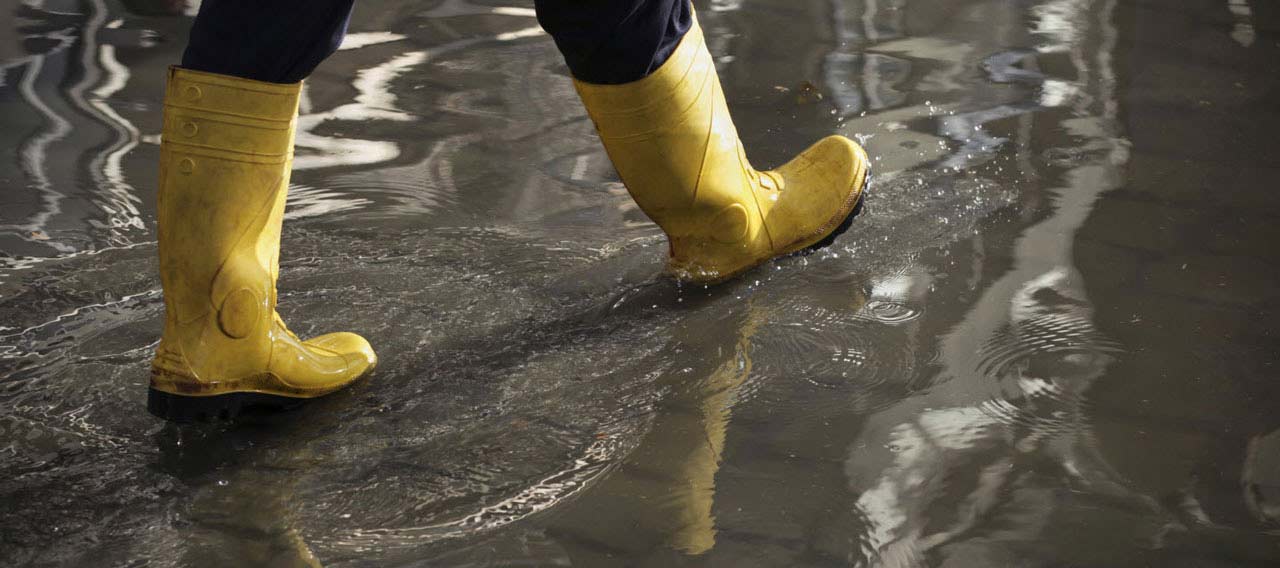- Businesses
- Individuals & Families
- Partnerships
- Brokers

Chubb Climate+ spans major industries, with a goal of enabling climate change progress in a meaningful way.


All Chubb policyholders are eligible for cyber services. Get the most value from your Chubb policy and schedule a consultation today.

In a complex world, Chubb’s support for multinationals and their brokers when choosing the right cover has never been more valuable.


As one of the world's largest providers of jewellery and fine art insurance, you can count on our unparalleled service and expertise, offering some of the broadest protection available.

As pioneers of using in-house appraisers to help clients establish the value of their property, and mitigate the risk of loss, our appraisal service is a key reason why owners of fine homes and high value possessions around the world choose Chubb

Build your business by providing the protection your customers need – it’s insurance for the new possible.

The seamless, secure, and scalable engine behind new possibilities for your company and customers.

-
About
About UsWho We AreFinancial & Regulation
- Claims
-
FCA Regulation
-
Contact
Chubb CareersComplaints
-
BackSuggested Searches
Floods are a major cause of economic loss globally, and climate change potential losses are forecast to increase should action not be taken*. Flooding can happen over a period of days or a matter of minutes – even in areas that have not previously been considered at risk of flooding. That’s why, when you’re thinking about your business continuity plans, it’s wise to include a Flood Emergency Response Plan that can provide timely access to the resources you need, protect your employees, save time, reduce property damage and get your business up and running again if a flood occurs. These five steps can help you get started.
1. Anticipate the potential sources and impact of a flood.
Consider your local climate and potential weather events, including what time of year floods might occur. Find out whether there are upstream controls such as embankments, levees or dams in the area; the likely extent of any flooding (rate of rise, depth, how long water levels will remain elevated); and how closed roads or bridges might affect your business. Understand the drainage systems within your facility.
2. Implement preventive measures ahead of time.
To prepare your business for flooding, consider storing critical records, materials and key equipment in higher locations. Look into installing protective barriers and consider resilient systems such as non-electric water pumps, diesel generators and backup power supplies for critical utilities and systems. Install check valves on drainage systems and seal entry points for other utilities. Where practical, ensure that flood resistant construction features are implemented to exposed elevations.
3. Establish an emergency response team.
The team should have clearly defined responsibilities and levels of authority. The team should:
- Identify authoritative sources for flood forecasting, alerts and incident status.
- Determine which business functions are most critical and will need resources quickly.
- Maintain contact lists of key personnel, suppliers, customers and response service providers.
- Maintain facility site and floor plans that show emergency shutoffs, utilities, fire prevention systems, etc.

4. Establish emergency response procedures.
Work with your response team to create an emergency plan to:
- Communicate with employees, customers, suppliers, government officials and the media about how the flood is affecting your business.
- Protect your employees from hazards, including contaminated flood waters, submerged objects or openings and electrical hazards. Designated responders require suitable training and will require adequate personal protective equipment.
- Make sure the building is safe. If a flood occurs, contact professionals to verify your building’s stability before entering, then inspect facilities and equipment for damage. Initiate salvage assessments. Remove wet, porous materials and plan for collection and disposal of waste.
- Secure the facility Ensure that security and fire control measures (temporary if necessary) are in place. Isolate equipment and utilities. Plan for replacement of damaged utility equipment and electrical wiring. Evacuate the facility if needed.
- Train your employees so that flood contingencies are understood. Provide information about security, medical emergencies and relocation.
5. Test and update your plan.
Work through your emergency procedures in advance. Following an incident (or near-miss) update your Flood Emergency Response Plan with lessons learned.
Flood insurance may provide financial protection for some losses. For further assistance please contact Chubb.
Additional guidance:
Reference:
* UK Climate Change Risk Assessment 2017
UK Foresight Future Flooding 2004
All content in this material is for general information purposes only. It does not constitute personal advice or a recommendation to any individual or business of any product or service. Please refer to the policy documentation issued for full terms and conditions of coverage.
Chubb European Group SE (CEG) is an undertaking governed by the provisions of the French insurance code with registration number 450 327 374 RCS Nanterre. Registered office: La Tour Carpe Diem, 31 Place des Corolles, Esplanade Nord, 92400 Courbevoie, France. CEG has fully paid share capital of €896,176,662. UK business address: 40 Leadenhall Street, London, EC3A 2BJ. Authorised and supervised by the French Prudential Supervision and Resolution Authority (4, Place de Budapest, CS 92459, 75436 PARIS CEDEX 09) and authorised and subject to limited regulation by the Financial Conduct Authority. Details about the extent of our regulation by the Financial Conduct Authority are available from us on request.
Insights and expertise




